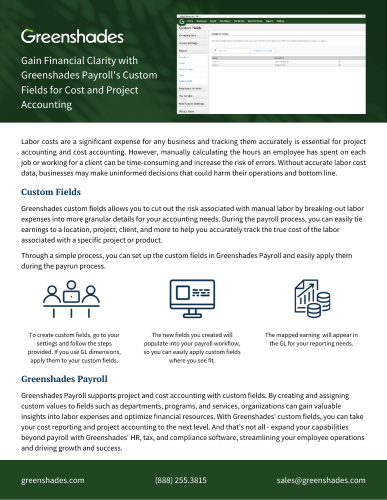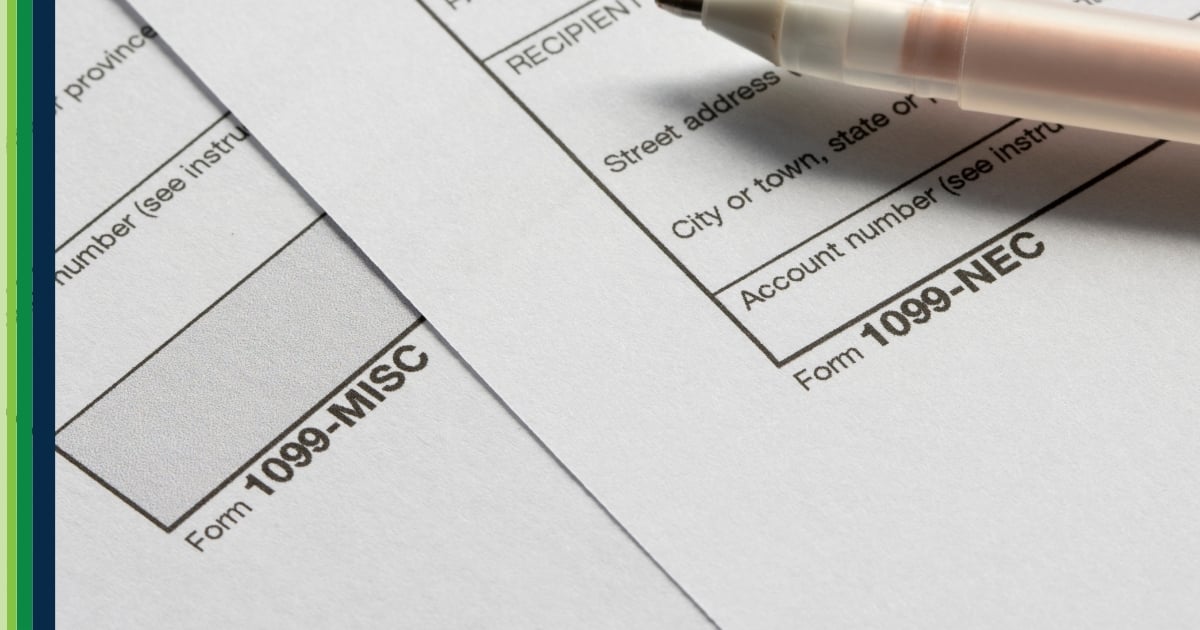Nonprofit organizations have a responsibility to manage their finances effectively in order to ensure that their mission is being achieved. It is important for you to have a clear understanding of how to project and manage your costs.
Cost and project accounting are two processes nonprofit teams use to oversee financial information related to their fundraising efforts and their programs/services. These accounting practices provide an effective way for nonprofit organizations to manage their finances, measure performance, make informed decisions on resource allocation and optimize financial performance. This helps ensure that they have the resources they need to fulfill their mission and make a positive impact in their community.
Cost Accounting for Budgeting and Forecasting in 501(c)(3) Nonprofits
An annual budget is required for nonprofits to stay accountable to donors and other stakeholders, as it provides a roadmap for the organization’s finances. Budgets are necessary to make sure resources are allocated effectively, identify potential risks and opportunities, and guide decision-making.
Nonprofits employ several different techniques and models to achieve funding for programs and services, with donations and grants being common sources. Your accounting teams use cost accounting to identify pertinent details of each funding source that affect budget, such as the status of the funds, the allocation of the money, and more. With this information, nonprofits can ensure budgets and forecasts are on track.
Cost and project accounting play a key role when creating nonprofit budgets and forecasts. By analyzing past data and trends, nonprofits can obtain the information needed to create realistic forecasts that reflect their financial position and priorities. This helps ensure the correct allocation of funds, compliance with reporting requirements, and maintenance of budgets. With accurate and up-to-date financial information, nonprofits can make informed decisions that support their mission and goals.
Accounting to Help with Compliance at Nonprofits
Nonprofits must comply with all reporting regulations which include some nonprofit specific requirements, such as Form 990. To accurately generate financial reports, prepare tax filings, and more to fulfill those requirements, nonprofit teams gather data from cost and project accounting.
Nonprofits are also required to submit various financial reports to stakeholders, such as donors, board members, and regulators. The data from cost and project accounting provides valuable information to those stakeholders who need to understand the organization's financial position and activities.
Cost Accounting to Measure Impact of Nonprofit Organizations
Nonprofit organizations strive to create positive change in society by working towards a particular cause or issue. It's important for these organizations to regularly measure the impact of their work and ensure they're meeting their goals. To achieve this, nonprofits need to collect data on their activities and evaluate their performance.
Cost and project accounting provide valuable data that nonprofits use to compare the cost of providing each service or program to the overall impact it's having. This information helps nonprofits project revenue and expenses associated with their programs and services over a specific period, enabling them to plan their activities, allocate resources, and identify potential financial challenges. By leveraging cost accounting to measure their impact, nonprofits can make informed decisions that support their mission and goals.
Software that Supports Nonprofits
Nonprofit teams cannot effectively handle cost and project accounting without the right tools. Accounting software helps nonprofits track expenses, manage budgets, and monitor the progress of their projects in real-time – saving valuable time and resources.
- Project accounting software will keep track of project or program budgets and actual costs. This data is used to monitor the effectiveness of services offered as well as the overall impact of the program.
- Cost accounting software allows organizations to track and analyze costs associated with overall operations, including labor costs, program expenses, and more. This data is used to create budgets, forecast, and make strategic decisions about resource allocation.
Read more: 4 HR Challenges Facing Nonprofit Organizations
Gain Clarity into Labor Expenses with Greenshades
Nonprofits commonly use volunteers for their work, but they also employ individuals on payroll to keep their operations running smoothly. Labor is one of the largest expenses for nonprofits and must be accounted for appropriately.
Cost and project and accounting play a crucial role in that process by calculating the labor costs associated with each program or service. Attributing labor expenses to different programs and services manually is time-consuming and increases the risk of errors in the accounting process.
With Greenshades Payroll, you can leverage custom fields to support cost and project accounting and reduce the risk associated with manual calculations. By breaking out costs into more granular details during the payroll process, you can easily tie labor expenses to a department, program, service, and more, helping you accurately track the true impact of a specific project. This level of detail provides valuable insights that enable informed decision-making, supporting your organization's financial management and mission.
With Greenshades Payroll, you can easily review every detail of your pay run with a simple workflow, restoring your confidence and peace of mind. But that's not all: you can also gain clarity into your labor expenses by using custom fields, which allow you to track payroll data at a detailed level, ensuring accuracy and providing insights that support your financial management.
View the details of this feature here.





























